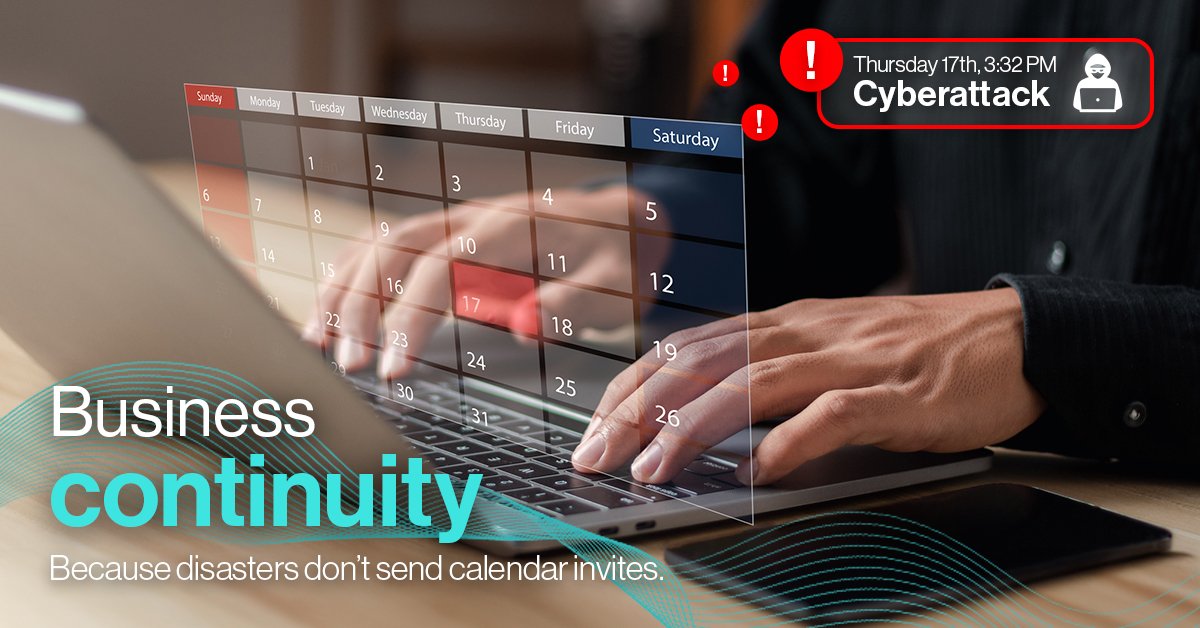Bounce Back Faster: Ensuring Your Business Stays on Track
Table of contents
Unexpected disruptions are part of running any business. Whether it’s a technical issue, a cyber threat, or even a natural disaster, these interruptions can slow down operations, causing downtime, lost revenue, and potentially damaging your reputation. However, you don’t have to let these events derail your business entirely. By putting a solid disaster recovery plan in place, you can reduce the impact and get back to business faster than ever.
Why You Need a Disaster Recovery Plan
Having a disaster recovery plan is crucial, but what does it actually do for your business? It’s not just about being prepared; it’s about making sure that no matter what happens, you can quickly recover without losing momentum. Here’s why it’s a must:
- Reduce Downtime: When operations stop, so does revenue. Having a robust plan ensures your downtime is minimal, letting you get back on track as quickly as possible.
- Safeguard Your Data: Your business data is vital. A well-thought-out recovery plan ensures you have backups in place, preventing data loss and keeping your information secure. You can learn more about data backup strategies from CIO.
- Keep Customer Trust Intact: In today’s fast-paced world, customers expect uninterrupted service. Showing them that you’re ready for anything helps maintain their confidence and loyalty to your brand. For more insights on maintaining customer trust during crises, check out this Forbes article.
How to Create a Disaster Recovery Plan That Works
Building an effective disaster recovery plan doesn’t need to be overwhelming. It’s about addressing risks, knowing your priorities, and having clear steps in place. Here are some key elements to include:
- Risk Assessment: Start by identifying the potential risks that could impact your business, from technical failures to natural disasters, and then rank them by likelihood and severity. For more detailed risk assessment methods, check out this TechTarget guide. Including a plan tailored to these risks is essential.
- Recovery Goals: Outline specific goals for recovery. For instance, how long can your business afford to be offline? What’s the quickest you can resume operations in case of disaster?
- Backup Solutions: Regularly backing up data to both on-site and cloud storage is key. This guarantees that, in the event of a disaster, your most important files are always accessible. Proactive backup solutions are fundamental to a functional recovery strategy. You can explore cloud backup solutions on TechRadar.
- Team Training: Your team is an important part of the plan. Make sure everyone knows their role during recovery, and schedule regular drills to keep everyone prepared.
Let Us Help You Recover Faster
At Business PC Support in Elk Grove, Sacramento, we understand how critical it is for businesses to have a robust disaster recovery plan. We specialize in creating customized solutions that help you recover quickly from unexpected disruptions. Whether you need assistance with cybersecurity, cloud backup systems, or general IT recovery, we’ve got you covered.
Want to ensure your business is ready for anything? Contact us today to learn more about building a plan that fits your needs.




